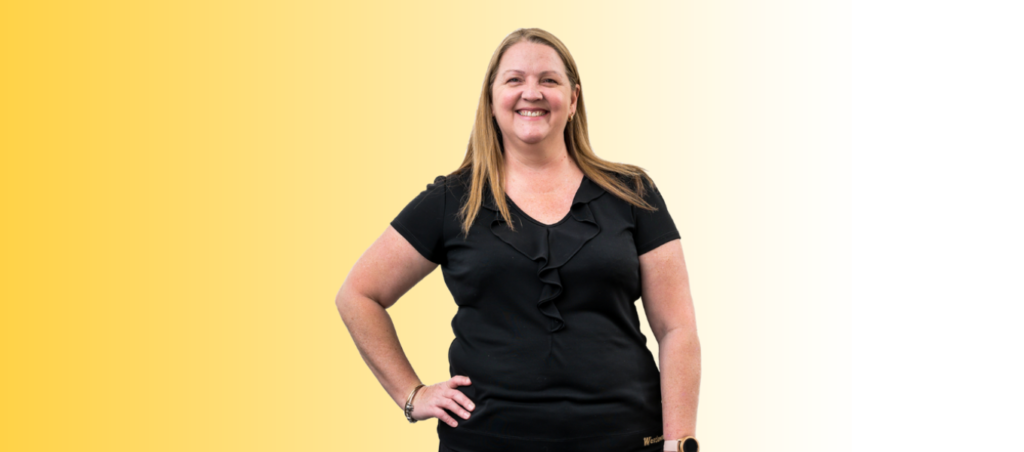Reserve Bank of Australia Announcement in Summary
The Reserve Bank of Australia (RBA) handed down (its predicted interest rate cut) decision earlier this week when announcing its official interest rate for this month.
As the country tuned in for the 2020 Melbourne Cup, the cash rate decision for November was announced and rates, as expected, were cut. In response to the economic impact being caused by the COVID-19 crisis, the RBA reduced the cash rate by 0.15% to a new record low of 0.1%.
In making this change the RBA has confirmed the views of many analysts that further stimulus is required to aid post COVID-19 recovery. It had previously stated that it sees a cash rate of 0.25% as a floor however it has softened its stance on a reduction more recently.
In the lead up to its next meeting, our central bank will continue to monitor world events such as the second round of European lockdowns and the US election announcement. While closer to home, it will be hoping for the easing of restrictions in Victoria, and the opening of state borders will provide a lift to the economy.
| Here is a table showing how Australia’s average mortgage sizes may be affected: |
| Loan Amount Examples | Likely decrease in repayments |
| $150,000 | $12.91 per month |
| $250,000 | $21.52 per month |
| $350,000 | $30.12 per month |
| $450,000 | $38.73 per month |
| $550,000 | $47.34 per month |
| $650,000 | $55.95 per month |
As you’re probably aware, lenders review rates independently of the RBA and some may decide to pass this rate decrease on to customers at different levels over varying time frames.
Westlawn can help review your situation to ensure you have the right loan for your circumstances, drawing on a wide panel of lenders offering loans with great features, low fees, and competitive interest rates.
If you’d like to chat about the best way to manage your mortgage as the COVID-19 crisis continues to unfold, please don’t hesitate to contact Westlawn mortgage brokers.
Cameron Micallef says, from Accountants Daily reported the following,
The RBA Governor Philip Lowe said the central bank decided to cut the rate to support job creation and the recovery of the economy from the pandemic.
“In Australia, the economic recovery is underway and positive GDP growth is now expected in the September quarter, despite the restrictions in Victoria. It will, however, take some time to reach the pre-pandemic level of output,” said Dr. Lowe.
“In the central scenario, GDP growth is expected to be around 6 percent over the year to June 2021 and 4 percent in 2022.
“The unemployment rate is expected to remain high, but to peak at a little below 8 percent, rather than the 10 percent expected previously. At the end of 2022, the unemployment rate is forecast to be around 6 percent.”
Bankwest Curtin Economics Centre director Rebecca Cassells said the RBA’s cut signals its intent to further support the economic recovery by making borrowing as attractive as possible for households.
“Now that Victoria can add its strength, the pace of economic and job recovery should pick up substantially in the coming weeks and months. Whether this pace will deliver a full recovery of jobs lost plus additional employment and wage growth remains more possible than probable at this time.”.
IFM Investor’s chief economist Alex Joiner said while the RBA has been signaling that it is considering easing policy further, the economy needed fiscal support or modern monetary policy.
“The RBA has strongly signaled it thinks it needs to do more to support the economic recovery. Cutting the cash rate alone won’t be enough though as a 15bp reduction won’t do much, it will be part of another package from the RBA that will likely include a broader effort on quantitative easing as a minimum,” he concluded.
All information in this article has been sourced from Accountants Daily, Reserve Bank of Australia, and Westlawn.



